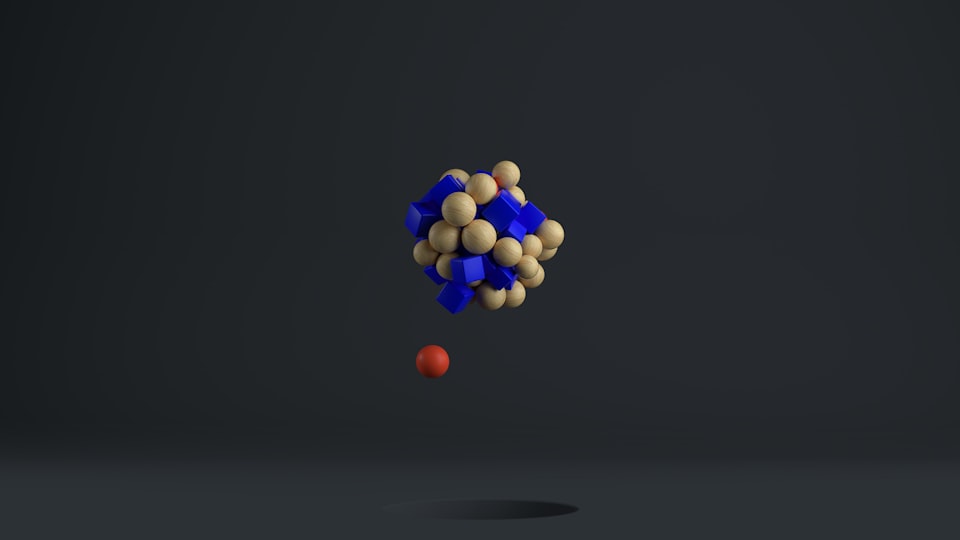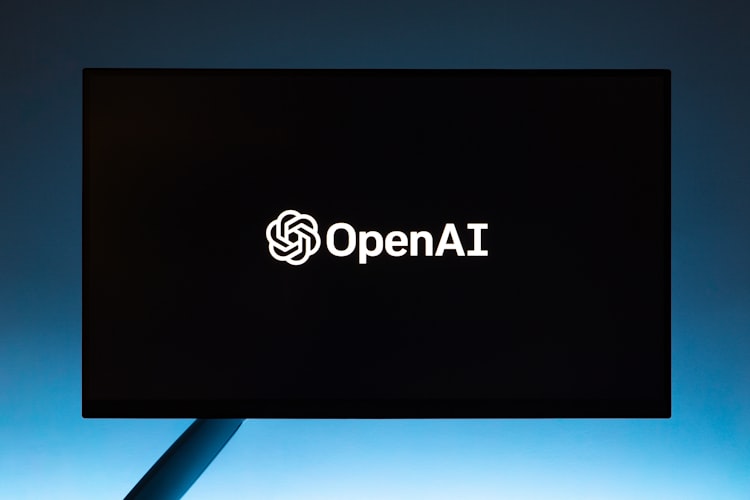Introducing GPT-4: The Multimodal Model Revolutionizing Natural Language Processing and Beyond

Get ready for a new generation of AI language models - GPT-4! OpenAI has just released a technical report showcasing the capabilities of their latest invention. GPT-4 is a large multimodal model that can process both image and text inputs and produce text outputs. It's designed to improve the ability of AI models to understand and generate natural language text in complex and nuanced scenarios.
The potential uses for this technology are vast - from dialogue systems to text summarization and machine translation. And the good news is that GPT-4 has been evaluated on a variety of exams originally designed for humans, and it performs quite well. In fact, it often outscores the vast majority of human test takers!
But don't let this fool you. Despite its impressive capabilities, GPT-4 has similar limitations to earlier GPT models. It is not fully reliable, can suffer from "hallucinations," has a limited context window, and does not learn from experience. Care should be taken when using the outputs of GPT-4, particularly in contexts where reliability is important.
However, GPT-4's capabilities and limitations create significant and novel safety challenges. OpenAI believes that careful study of these challenges is an important area of research given the potential societal impact. The company has included an extensive system card describing some of the risks they foresee around bias, disinformation, over-reliance, privacy, cybersecurity, proliferation, and more.

To mitigate potential harms from the deployment of GPT-4, OpenAI has undertaken extensive testing with domain experts and developed a model-assisted safety pipeline. They're also committed to independent auditing of their technologies and are sharing some initial steps and ideas in this area.
One of the key challenges of the GPT-4 project was developing deep learning infrastructure and optimization methods that behave predictably across a wide range of scales. This allowed OpenAI to make predictions about the expected performance of GPT-4 that were tested against the final run to increase confidence in their training.
In conclusion, GPT-4 is an impressive new AI language model with vast potential uses, but we must also be aware of its limitations and safety challenges. OpenAI is committed to addressing these challenges and developing responsible AI technologies.
So, buckle up and get ready for the AI language revolution with GPT-4! Who knows, maybe one day it will write articles like this one, and we'll be out of a job. Just kidding, we'll always have puns and jokes that AI can't replicate.
If you have any questions or need consulting on how to use ChatGPT to grow your business to the next level then, you can schedule a call with Vikram at the following link.





